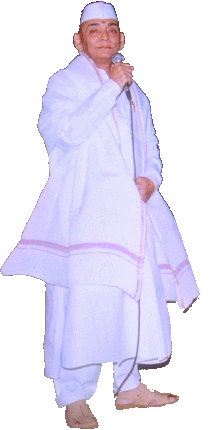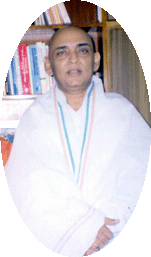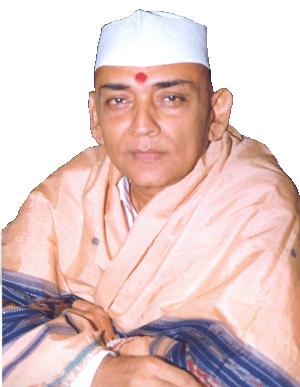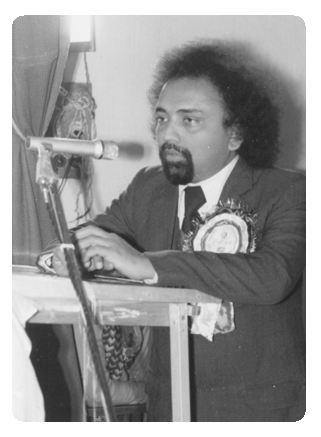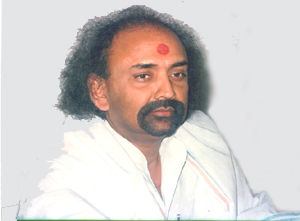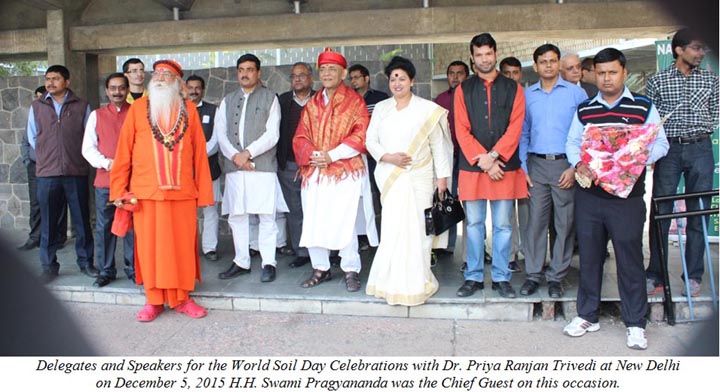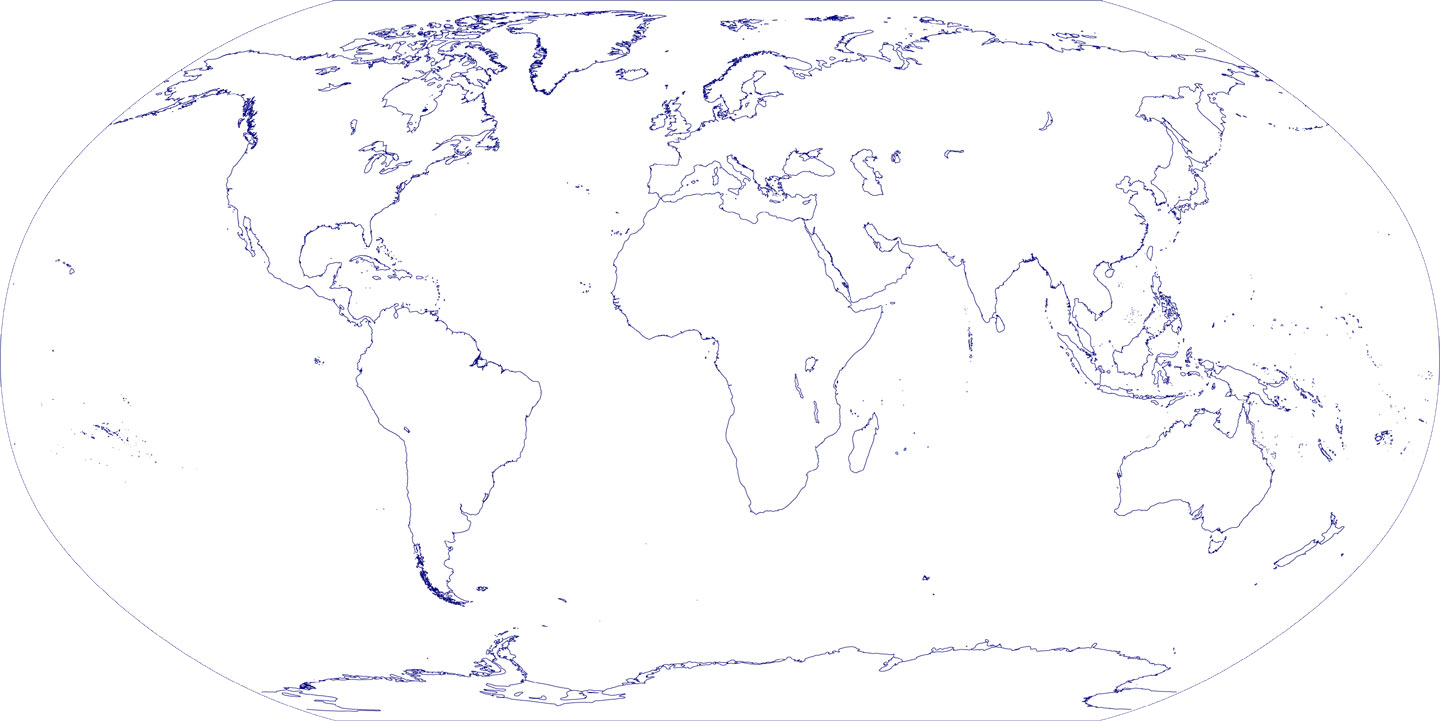INSIST |
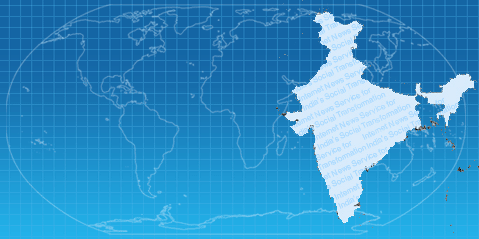 |
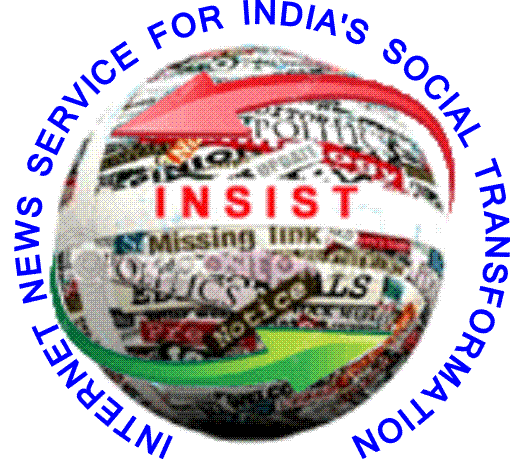 News and Press Release News and Press Release
Internet News Service for India's Social Transformation (INSIST) has been established by leading intellectuals, social scientists, policy makers and educators with a view to propagating news relevant to education and national development. Different types of news, notifications and releases are put on this website. Click any news |
|
|
New Delhi, 5th December 2015
World Soil Day Celebrated at Indian Institute of Applied Agriculture (IIAA), New Delhi |
|
|
New Delhi, December 5, 2015 Inaugurating the World Soil Day Celebrations today at New Delhi, the renowned environmental scientist and institution builder Karmayogi Dr. Priya Ranjan Trivedi recalled that it was in the year 2002 when the International Union of Soil Sciences proposed December 5 to be "World Soil Day" to celebrate the importance of soil in our lives. Under the framework of the GSP, the sixty-eighth session of the United Nations General Assembly in December 2013 designated December 5th as the World Soil Day and declared 2015 as the International Year of Soils with the aim to raise awareness on the importance of soils for ecosystem functions and food security. He further said that soil governance referred to the policies, strategies, and the processes of decision-making employed by nation states and local governments regarding the use of soil. Globally, governance of the soil has been limited to an agricultural perspective due to increased food insecurity from the most populated regions on earth. The Global Soil Partnership (GSP) was initiated by the Food and Agriculture Organization (FAO) and its members with the hope to improve governance of the limited soil resources of the planet in order to guarantee healthy and productive soils for a food-secure world, as well as support other essential ecosystem services, he added. Discussing the governance angle, he said that governing the soil requires international and national collaboration between governments, local authorities, industries and citizens to ensure implementation of coherent policies that encourage practices and methodologies that regulate usage of the resource to avoid conflict between users to promote sustainable land management. He also mentioned that governance of the soil differs from soil management. Soil management involves practices and techniques used to increase and maintain soil fertility, structure, and carbon sequestration, etc. Soil management techniques are heavily utilized in agriculture, because of the need to regulate the various practices, such as tillage techniques, fertilizer application and crop rotation (among others) by the various stakeholders involved. The need to monitor and avoid the negative effects of agricultural land use such as soil erosion has formed the basis of the discourse and awareness on soil governance, and has also seen the emergence of science and technology as the link between soil management and governance. Soil governance mechanisms are usually encapsulated within the context of land governance, with little focus on urban and industrial soil governance especially in developing countries that have rapid urbanization rates; thus, soil governance is highly interlinked with other atmospheric and anthropogenic processes which may contribute to the difficulty in distinguishing it as an entity.
Warning about the degradation and loss of soil, he was of the opinion that changes in land use, population growth, and the impacts of climate change have led to a gradual process of soil degradation. Soil degradation is a gradual process involving the natural and anthropogenic processes that result in the physical loss (erosion) and reduction in soil quality. The recognition of anthropogenic effects on soil degradation has influenced discourse of urban soil management, and formulation of policies by regional organizations. However, soil remains as the primary medium for food production, thus global soil governance is directed towards the impacts of soil degradation on food production and conflicts that arise between the need for human settlements and space available for food production. The impacts of climate change also contribute to the conflict because carbon dioxide emissions have progressively led to higher average global temperatures, which has led to an increase in soil degradation through erosion, increased salinity, and a reduction in the flora and fauna that contribute to its quality. The GSP's ultimate goal is to achieve food security and restoration of ecosystem services through conserving, enhancing, and restoring soil resources through productive and sustainable use. In addition to being a global partnership, the GSP aims to create Regional Soil Partnerships (RSPs) to provide guidance on goals and priorities within specific regions and develop relevant activities within each region. He suggested a five point vision an action plan, he suggested to promote sustainable management of soil resources for soil protection, conservation and sustainable productivity; Encourage investment, technical cooperation, policy, education awareness and extension in soil; Promote targeted soil research and development focusing on identified gaps and priorities and synergies with related productive, environmental and social development actions; Enhance the quantity and quality of soil data and information: data collection (generation), analysis, validation, reporting, monitoring and integration with other disciplines; Harmonization of methods, measurements and indicators for the sustainable management and protection of soil resources.Highlighting the achievements of the International Year of the Soil (2015), he said that in terms of employment, the agricultural sector is one of the main sectors in the Indian economy. In 2010, the sector employed 58.2% of the nations workforce, and contributed 15.7% to the nations GDP. Cognisant of agriculture's role in the economy, the 11th five-year economic plan that runs from 2007-2012 recognises the importance of proper soil management in agriculture. Soil degradation through excessive and miscalculated fertiliser use because of emphasis on increased output has led to nearly two-thirds of India's farmlands to be classified as either degraded or sick. In attempts to increase knowledge on soils and soil management, the government of Gujarat initiated the Soil Health Cards Programme in 2006 that was "expected to bridge the gap between Scientists, agricultural extension workers, farmers and input-output dealers". The programme relies on technology to disseminate accountable and uncomplicated scientific information that is based on the farmers needs. Farmers take samples of their soil for analysis in a state run laboratory. Based on the sample, farmers get information on the soil mineral and water content, fertiliser application methods, and advice on what crops to grow. In the pilot scheme, collected data was inputted into a web based information system that included the Internet, intranet and GSWAN (Gujarat State Wide Area Network) to build up the state, and national database on soil health. Increasing knowledge on soil management, increased output, and reduced costs for farmers and contributed to Gujarat's agriculture growth rate that was three times the national growth rate in 2009. The success of the scheme has facilitated its implementation at a national level under the Ministry of Agriculture. Each state and union territory is responsible for the set-up and management of the soil testing facilities and maintaining the state soil database so that it is uniform and standardised. The testing, advisory and issuance processes involved are at multi-governance levels involving stakeholders from the private and public sectors. Government approved NGOs, community associations' farmers, the state administration and national administration are all involved in the scheme at different levels. The process begins with the farmers assisted by various NGOs and community groups and involves interactions with more NGOs and state officers at higher levels, as they are responsible for soil sample testing. The impacts of increased global temperatures have had negative effects towards effective soil management techniques in the developing world. Changes in precipitation patterns and an increase in extreme events such as floods and drought have exacerbated issues such as desertification and soil erosion. The effects of such events are further aggravated by resource-deficient farmers and government officials who lack skills to prepare and manage their soils for disasters, and end up relying on relief aid for sustenance. Addressing the Impacts of desertification is a complex multi-level process because of the social, environmental and economic factors he explained. Dr. Trivedi also said that the Government of India ratified the United Nations Convention to Combat Desertification in 1984, and has since instituted the National Programme to Combat Desertification that utilizes an integrated and holistic approach at governing the soil. Through various ministries the national programme aspires to implement the UNCCD by increasing capacity in soil and soil water management, improving access to micro-credit with a focus on women and marginalized groups, promoting alternative energy supplies to reduce reliance on wood increasing soil monitoring and strengthening legislation regarding land management in industrial and mining activities. Feeling sorry about the state of affairs of urbanization and industrialization, he further went on saying that in the developing world, industrialization and urbanization are emerging as significant contributors to land and soil degradation. Lack of sufficient knowledge in soil management and disregard for the environment has been identified as key reasons affecting urban soil degradation. Industrialization alters the chemical aspects of the soil through pollution of heavy metals and effluents. Construction and landfills in urban areas affect soil through compaction and excavation, which affect natural processes such as water purification and storage. In the developing and developing world governance of soils in urban areas requires bespoke policies because of the nature of urban and industrial developments in the cities. In Central Europe, governance of urban soils is facilitated by the urban soil management strategy that aims to design applicable soil management strategies in select European cities. Through networks created with universities and municipal authorities the project aims to research into and develop an interdisciplinary approach to manage urban soils. In the developing world, urban and industrial soil governance is linked to sustainable development of cities to address urban poverty and responsible land use through effective waste management. Often, developing countries lack resources to implement policies governing settlements and industries, thus the soil and water are often heavily polluted. Urban soil management uses an interdisciplinary approach to protect biodiversity reliant upon the soil and land, reduce pollution from industrial effluents, and increase resilience of the soil to stresses such as compaction from construction, he cautioned. He urgently felt the strongly of the effective use of science and technology in soil conservation and management and accordingly suggested that the global soil map is a global consortium between academic, regional and national scientific institutions coordinated by stakeholders according to the respective regions. Using Geographic Information Systems (GIS), Remote sensing and emerging technologies a global soil map will be created to represent different soil types. The consortium is led by the ISRIC-World Soil Information, whose mandate to increase knowledge on soils through data collection and dissemination and development of technologies and methodologies for digital soil mapping. GIS is used to display, analyse and collate soil data and processes, and also identify different types of soils through mapping and web-based software. Soil Science is used in tandem with GIS to identify individual soil properties applicable to agricultural and urban soil management. The Soil Health Card Programme in India utilises soil science to advise farmers on fertiliser usage and crop rotations and records the data on a national network which can be used to map different soil types across the country he finally advised. |
|
